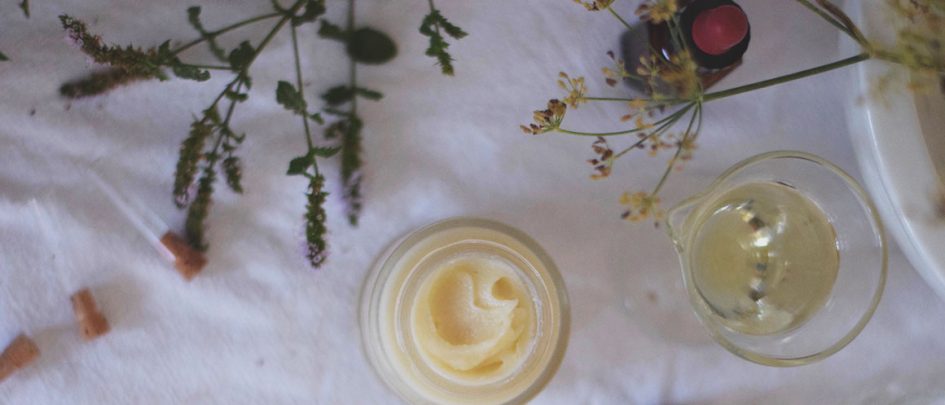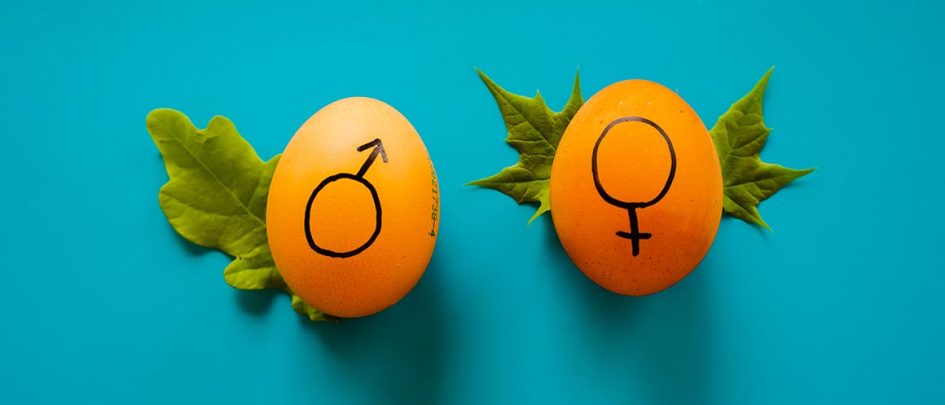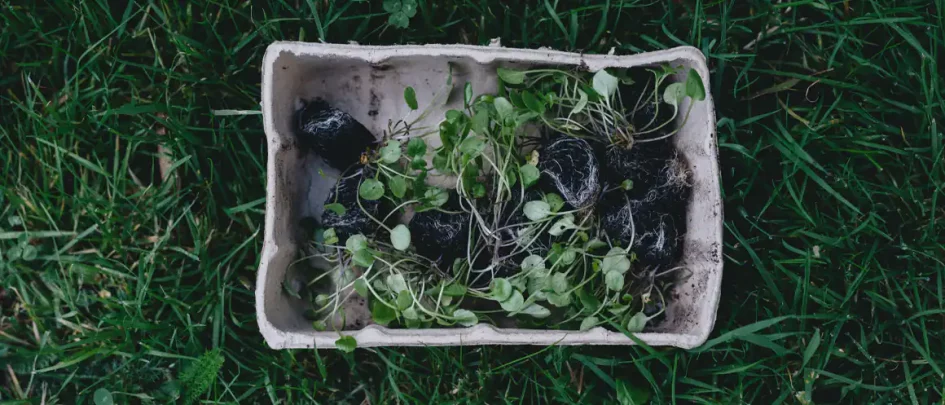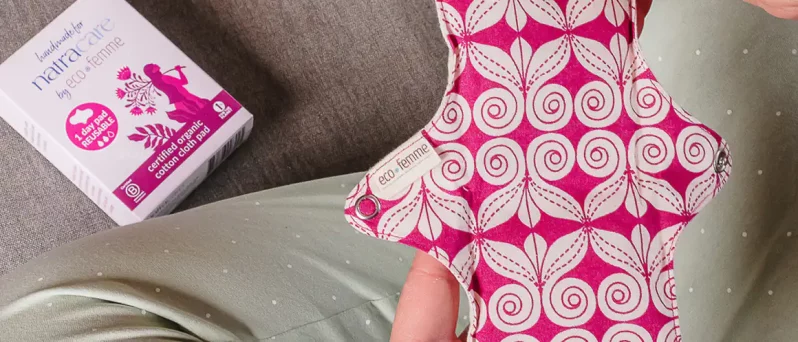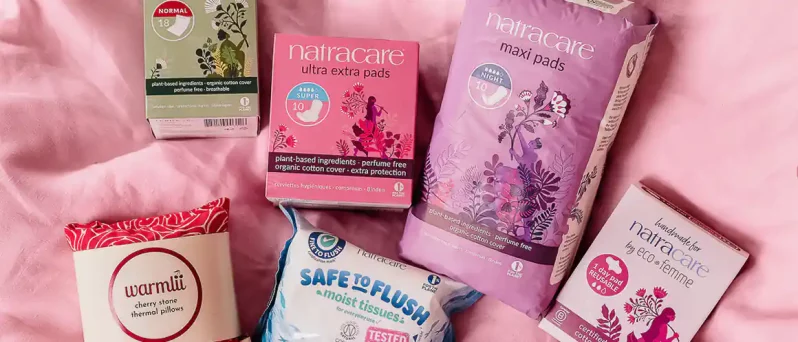From first glance, the period products aisle can look like a confusing place to be, especially for people without periods. To help demystify this area, we’ve crafted this guide for all partners who are buying tampons for the first time.
Types of tampons for beginners
Not all tampons are created equal. Many conventional period brands:
- Do not disclose their full ingredient list
- Use unnecessary chemicals and materials like chlorine bleaching and plastics
- Add toxic, irritating fragrances and perfumes to their products (help us stop the #periodnonscents)
Yikes! The combination of these shocking facts about period products can be potentially harmful to our vagina’s health, worker’s health, and the planet’s health. Instead, be sure to look for the following labels:
- 100% certified organic cotton
- Biodegradable and compostable
- Full ingredients list to show transparency – and no perfumes or fragrances listed
Know what you’re putting in your body?
No plastic! Try tampons made with 100% organic cotton and nothing else.
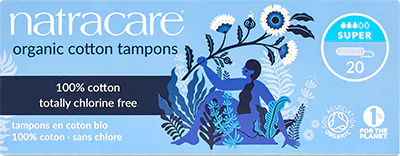
Make the switch today
What are the Different Tampon Sizes
L and R tampons don’t mean left or right vagina, but light or regular flow. There are also super and super plus tampon sizes. Depending on the person’s menstrual cycle and where they are in their period, their blood flow will change. Typically, the first two days are the heaviest flow and as the period continues and comes to an end, the flow decreases. That’s when it might be time to switch to lighter tampon sizes.
Getting the right size tampon is important. It can help to prevent leaks and help to reduce period-related discomfort. If it’s too small, the tampon will leak. But if it’s too big, the tampon could create more discomfort and intensify cramps. People with periods should always aim to use the lowest absorbency possible that will still match their flow. This is to minimise the risk of Toxic Shock Syndrome (TSS).
When choosing tampon size, it’s a good idea to be guided by the droplets rating on the pack. The number of droplets out of five is standardised across brands, which means that all tampons with a set number of droplets will have the same absorbency.
These go alongside descriptions like ‘mini’, ‘regular’, ‘jumbo’ or similar. These words, however, aren’t standardised across brands and can mean different absorbencies depending on who you’re buying from.
What are the Different Tampon Types
Beyond tampon sizes, there are also tampon types: with or without applicators. Some may refer to non-applicator tampons as digital tampons or European tampons. Either way, these tampons do not have a plastic nor cardboard applicator surrounding the tampon insert.
If your partner prefers a tampon with an applicator, we recommend tampons with cardboard applicators. This is because most applicators are made with plastic and a recent study shows that even the “plant-based plastic” ones behave just like petroleum-based plastic after use. They don’t biodegrade or compost in any meaningful way and pollute our planet for years.
For extra credit
When your partner is going through it on their period, going the extra mile can make them feel mighty special. This could be as simple as grabbing their favorite snack or treat, buying a pair of organic fuzzy socks or perhaps something off our list of natural period relief items.
Going to the store to buy tampons for the first time can be a bit overwhelming. Hopefully with this guide we’ve helped you navigate the mind field that is the period aisle and chose the right period product for your partner.
To find Natracare tampons near you, check out our where to buy pages.

